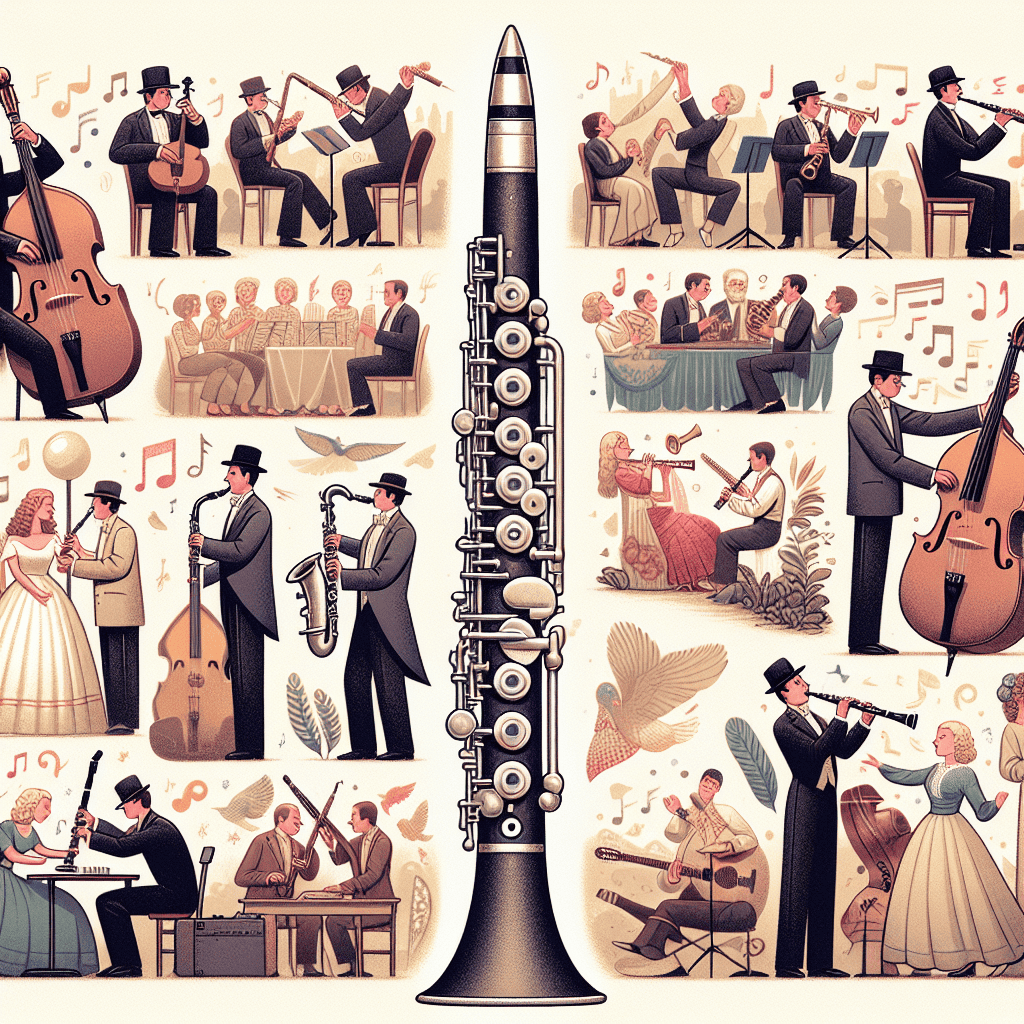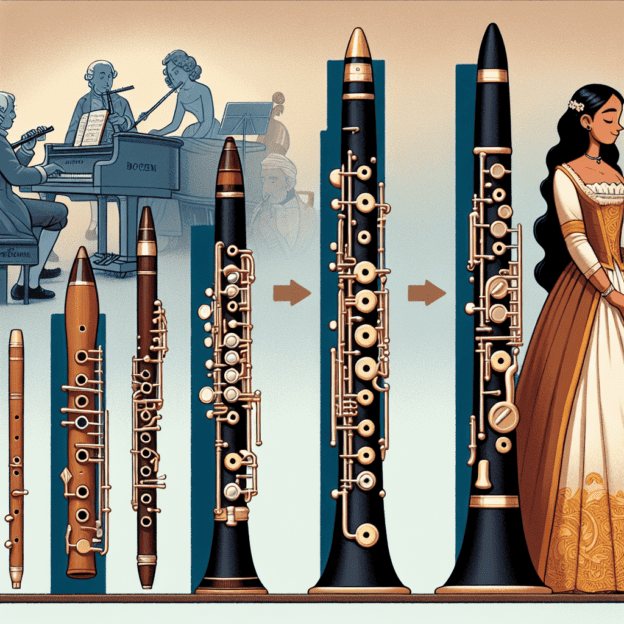When you think about the clarinet, it's easy to imagine a sleek, polished instrument that fits effortlessly under your fingers. But have you ever wondered how those keys, pads, and holes have transformed the way clarinetists play? Step into the fascinating story of historical clarinet fingering systems! It's a tale as engaging as any bestselling novel.
Let's journey back to the clarinet's early days. In the 17th century, when the clarinet first appeared on the music scene, it was a simple wooden instrument with just a few tone holes. Musicians quickly began experimenting with it. These pioneering players weren't performing the symphonies we know today. Instead, they were learning as they went, creating their own unique style.
Early Fingering Methods: A Creative Challenge
Picture this: one finger covering just one hole. Early fingering methods gave players freedom but also presented challenges. Musicians had to figure out their own fingerings for pitch and tone production. It might have seemed intimidating, but it sparked incredible creativity. This approach opened up a whole new world of musical possibilities – it was like the wild west of clarinet playing!
| Era | Fingering System | Key Features |
|---|---|---|
| 17th Century | Early Simple System | Few tone holes, basic design |
| 18th Century | Classical Era System | More keys added, growing complexity |
| 19th Century | Boehm System | Precise fingerings, easier to learn |
| 19th-20th Century | Albert System | Alternative fingerings, unique sound |
The Rise of the Clarinet in Orchestras
By the 18th century, famous composers like Mozart began featuring the clarinet in their works, which quickly led to its inclusion in orchestras. This boost in popularity naturally led to the evolution of fingering systems. The introduction of the Boehm system in the 19th century was revolutionary. It simplified the playing experience and offered a more accurate approach to fingerings. This innovation made the instrument much easier to learn, opening doors for many aspiring musicians.
The Boehm System: A New Era of Precision
The Boehm system uses a clever arrangement of keys and pads for comfortable finger placement. Players could now cover multiple holes at once without feeling like they were performing acrobatics. This design allows for smoother transitions between notes, giving musicians more room for expression rather than focusing solely on technique.
Alternative Systems: The Albert System
Just when you thought the story was over, we discover alternate systems that developed alongside the more popular methods. Take the Albert system, for example. While less common, it offers a different set of fingerings and holds its own historical importance. This system provided musicians with new ways to achieve the same musical goals, adding even more variety to the clarinet world.
Modern Innovations and a Return to Tradition
Fast forward to the late 20th century, and we see innovations popping up everywhere. As technology advanced, players honed their skills through practice, gaining a deeper understanding of their instrument's workings. Interestingly, some musicians began revisiting older fingering systems. They weren't lacking options; rather, they were drawn to the unique qualities and traditional feel of these methods. It just goes to show that sometimes, the old ways still have their charm!
Famous Clarinetists and Their Impact
When we talk about these systems, some great stories come to mind. Take Benny Goodman, for instance. He showed incredible skill playing new music with the Boehm system, leaving audiences amazed. And let's not forget about jazz clarinetists! They often blend classical techniques with creative improvisations, breathing fresh life into historical playing styles. It's amazing how a bit of jazz can put a new spin on centuries-old practices!
Conclusion: A Rich Musical Heritage
Our journey through historical clarinet fingering systems reveals a rich and varied evolution, much like a complex symphony with many themes. Each system adds to the instrument's unique voice, giving musicians plenty of room for creativity and exploration.
For all you budding and seasoned clarinetists out there, understanding these fingering systems isn't just about improving your technique. It's about connecting with generations of musicians who shaped today's playing styles. The legacy of historical clarinetists lives on in every note you play. So, pick up your Martin Freres clarinet, and let's celebrate that history with every breath!







